Where to put fa Beech?
edlincoln
9 years ago
Related Stories
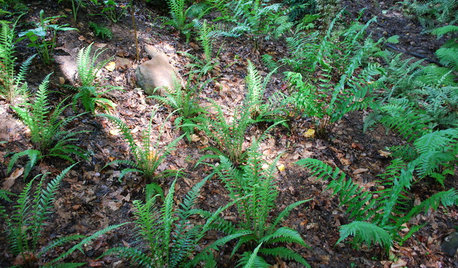
GARDENING GUIDESGreat Design Plant: Phegopteris Decursive-Pinnata
Consider Japanese beech fern for a spreading but noninvasive ground cover for shade
Full Story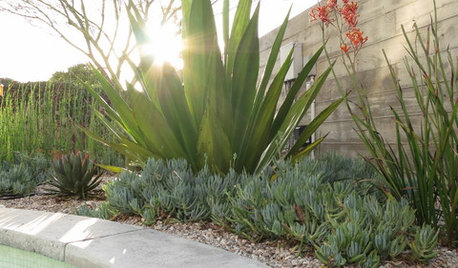
PLANTING IDEASBig Foliage for Small Spaces
Use bold, large-leaved plants to create intriguing contrast in a garden where they’re least expected
Full Story
GARDENING AND LANDSCAPINGShow Us Your Garden Retreat
Where do you go to get away from it all and unwind in your yard?
Full Story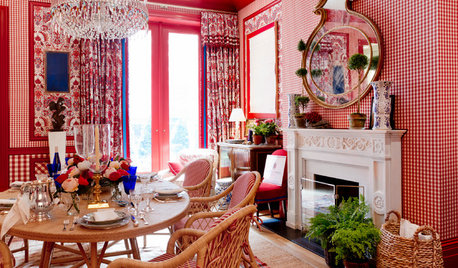
EVENTSColors and Patterns Wow at the 2015 Kips Bay Decorator Show House
Go on a virtual tour as 22 designers put on a beautiful interior fashion show in NYC’s Arthur Sachs mansion
Full Story
LANDSCAPE DESIGNThe Unparalleled Power of Trees
Discover the beauty and magic of trees, and why a landscape without them just isn't the same
Full Story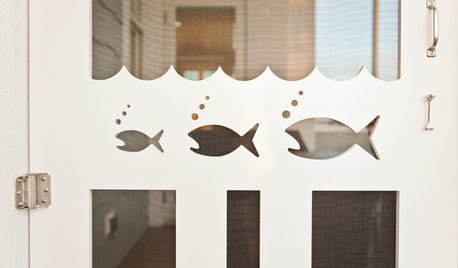
TRIMShutter Cutouts: A Window to One's Soul?
To settle on the perfect shape for this simple detail, follow your heart — or diamond, or maple leaf
Full Story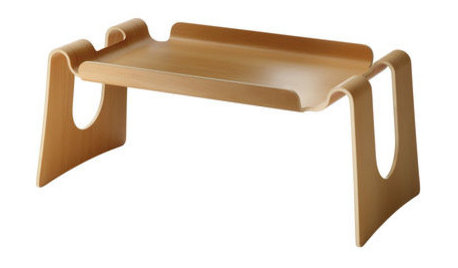
PRODUCT PICKSGuest Picks: The Tray's the Thing
Set out a party nosh or personal meal in style with a colorful, minimalist or playful serving tray
Full Story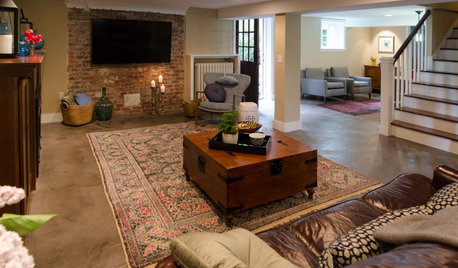
BASEMENTSBasement of the Week: From Dumping Ground to Family Hangout
With a lounge, home office and playroom, everyone's covered in this renovated Seattle basement
Full Story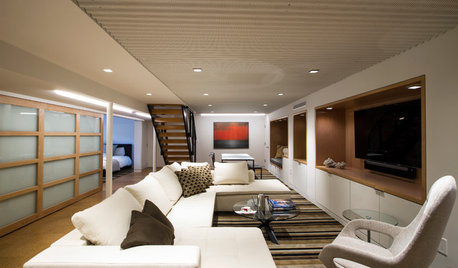
BASEMENTSBasement Becomes a Family-Friendly Lower Level
A renovation creates room for movie nights, overnight guests, crafts, Ping-Pong and more
Full Story
KITCHEN DESIGNKey Measurements to Help You Design Your Kitchen
Get the ideal kitchen setup by understanding spatial relationships, building dimensions and work zones
Full Story





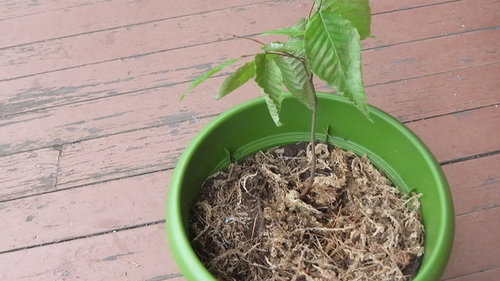


ken_adrian Adrian MI cold Z5
wisconsitom
Related Professionals
Carlisle Landscape Architects & Landscape Designers · White Oak Landscape Architects & Landscape Designers · Cincinnati Landscape Contractors · Davidson Landscape Contractors · Las Vegas Landscape Contractors · Pleasant Grove Landscape Contractors · Rochester Landscape Contractors · Sammamish Landscape Contractors · Wailuku Landscape Contractors · Massapequa Siding & Exteriors · North Richland Hills Siding & Exteriors · Mastic Decks, Patios & Outdoor Enclosures · New Albany Decks, Patios & Outdoor Enclosures · Parlier Decks, Patios & Outdoor Enclosures · Chesapeake Ranch Estates Stone, Pavers & ConcreteedlincolnOriginal Author
wisconsitom
edlincolnOriginal Author
ctnchpr
poaky1
hairmetal4ever
edlincolnOriginal Author
whaas_5a
wisconsitom
edlincolnOriginal Author
corkball